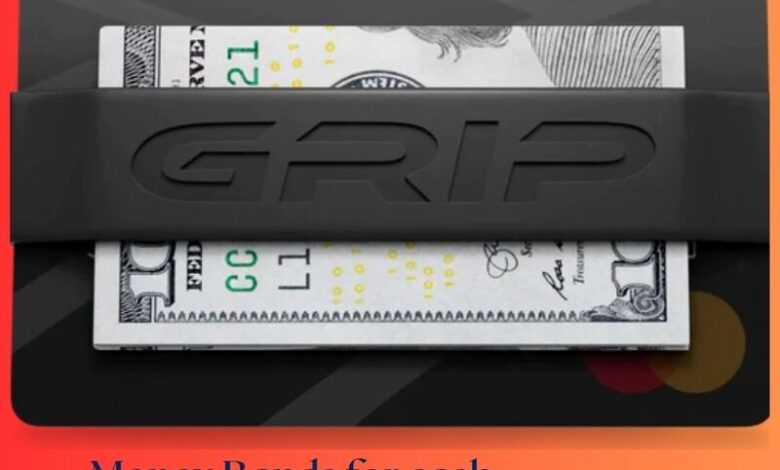7 Best Types of Money Bands for Cash You Should Know About!
In this article, we'll explore the seven best types of money bands for cash, along with their pros, cons, and best uses.

Money bands are essential accessories for keeping cash organized and secure. They come in various types, each offering unique features and benefits. In this article, we’ll explore the seven best types of money bands for cash, along with their pros, cons, and best uses.
Introduction to Money Bands:
Money bands, also known as currency straps or bill straps, are simple yet effective tools for bundling cash together. They are commonly used in businesses, banks, and households to organize bills and prevent them from scattering or getting lost.
Importance of Using Money Bands:
Using money bands offers several benefits, including:
- Organization: Money bands help in neatly organizing cash, making it easier to count and manage.
- Security: By keeping bills tightly bound together, money bands reduce the risk of loss or theft.
- Efficiency: With cash neatly bundled, transactions become smoother and more efficient.
Factors to Consider When Choosing Money Bands:
When selecting money bands, it’s essential to consider the following factors:
Durability:
Choose money bands made from durable materials to ensure they can withstand regular use without breaking or tearing.
Size:
Select money bands that are appropriate for the amount of cash you typically handle. Too small bands may not hold enough bills, while oversized bands can be cumbersome.
Material:
Money bands are available in various materials, including rubber, silicone, leather, cloth, metal, plastic, and paper. Each material offers different levels of durability and flexibility.
Design:
Consider the design of the money band, including its color, pattern, and any additional features such as branding or labeling.
Different Types of Money Bands:
There are seven main types of money bands:
Rubber Money Bands:
Rubber money bands are elastic and stretchable, making them suitable for holding varying amounts of cash securely. They are commonly used in banks and businesses.
Silicone Money Bands:
Silicone money bands are durable and water-resistant, making them ideal for outdoor use or in environments where moisture is present.
Leather Money Bands:
Leather money bands offer a stylish and sophisticated option for organizing cash. They are durable and often come with adjustable closures for a customized fit.
Cloth Money Bands:
Cloth money bands are soft and flexible, making them gentle on bills while still providing secure bundling. They are available in a variety of colors and patterns.
Metal Money Bands:
Metal money bands are sturdy and long-lasting, providing excellent security for larger amounts of cash. They are commonly used in high-security environments.
Plastic Money Bands:
Plastic money bands are lightweight and durable, offering a practical solution for everyday cash handling needs. They are available in various colors and sizes.
Paper Money Bands:
Paper money bands are economical and environmentally friendly. They are often used for temporary bundling of cash and can be easily disposed of after use.
Pros and Cons of Each Type:
Each type of money band has its own set of advantages and disadvantages:
- Rubber bands offer flexibility but may degrade over time.
- Silicone bands are durable but can be more expensive.
- Leather bands are stylish but may require special care.
- Cloth bands are soft but may not provide as much security.
- Metal bands are sturdy but may be heavier and less flexible.
- Plastic bands are lightweight but may break under pressure.
- Paper bands are economical but may tear easily.
Best Uses for Each Type:
The best use for each type of money band depends on individual preferences and specific requirements:
- Rubber bands are suitable for everyday cash handling.
- Silicone bands are ideal for outdoor or high-moisture environments.
- Leather bands are perfect for stylish and professional settings.
- Cloth bands are great for gentle bundling of cash.
- Metal bands are best for high-security applications.
- Plastic bands are versatile for various cash handling needs.
- Paper bands are convenient for temporary bundling or one-time use.
Conclusion:
In conclusion, money bands are indispensable tools for keeping cash organized and secure. By understanding the different types available and their respective pros and cons, you can choose the best option for your specific needs. Whether you prefer the flexibility of rubber bands, the durability of silicone bands, or the elegance of leather bands, there is a perfect money band out there for you.



